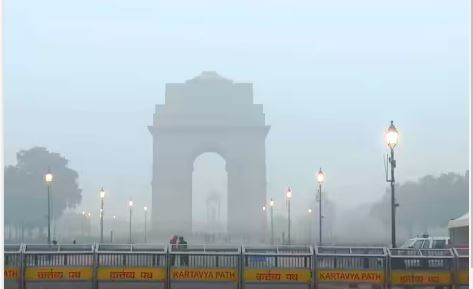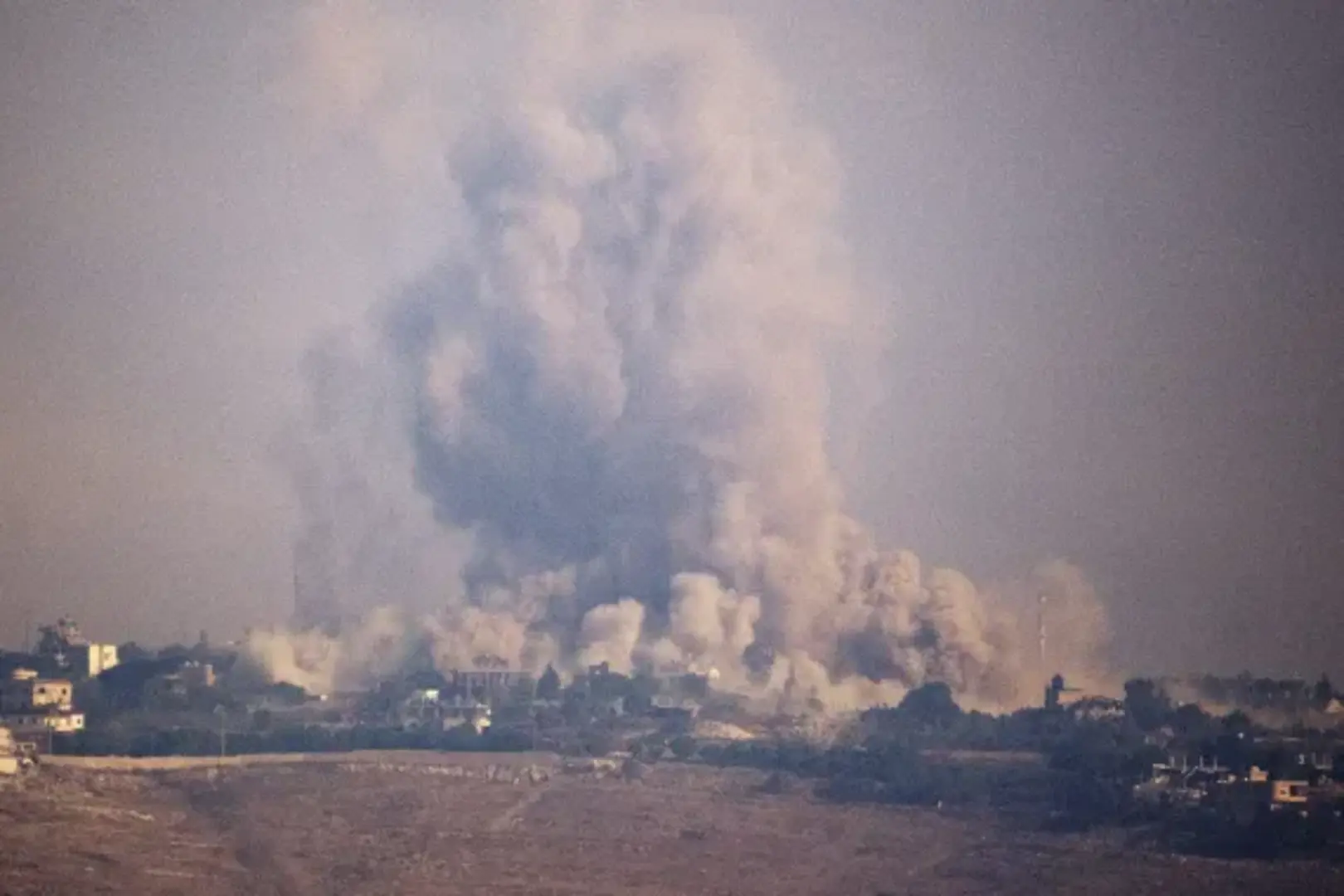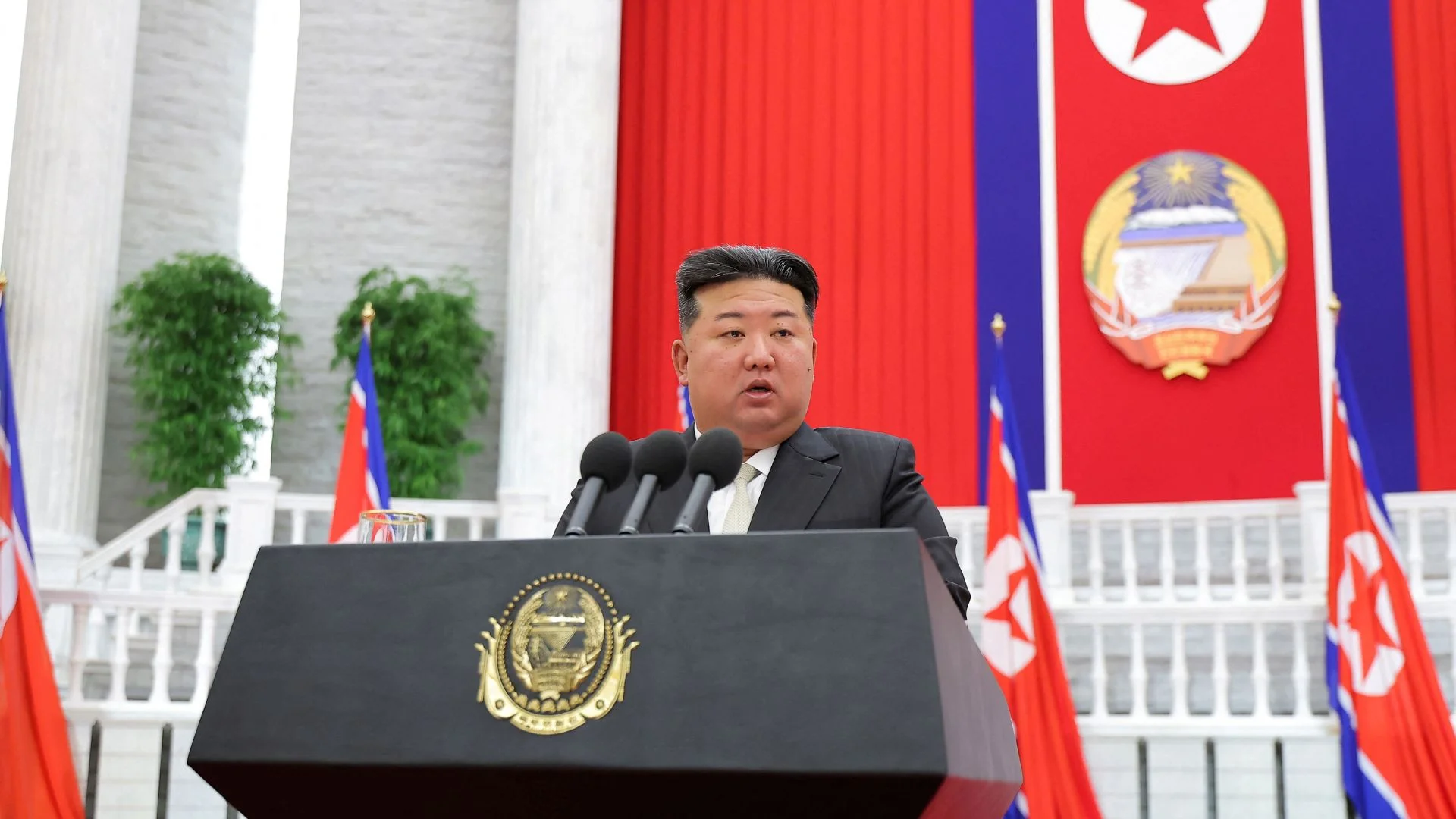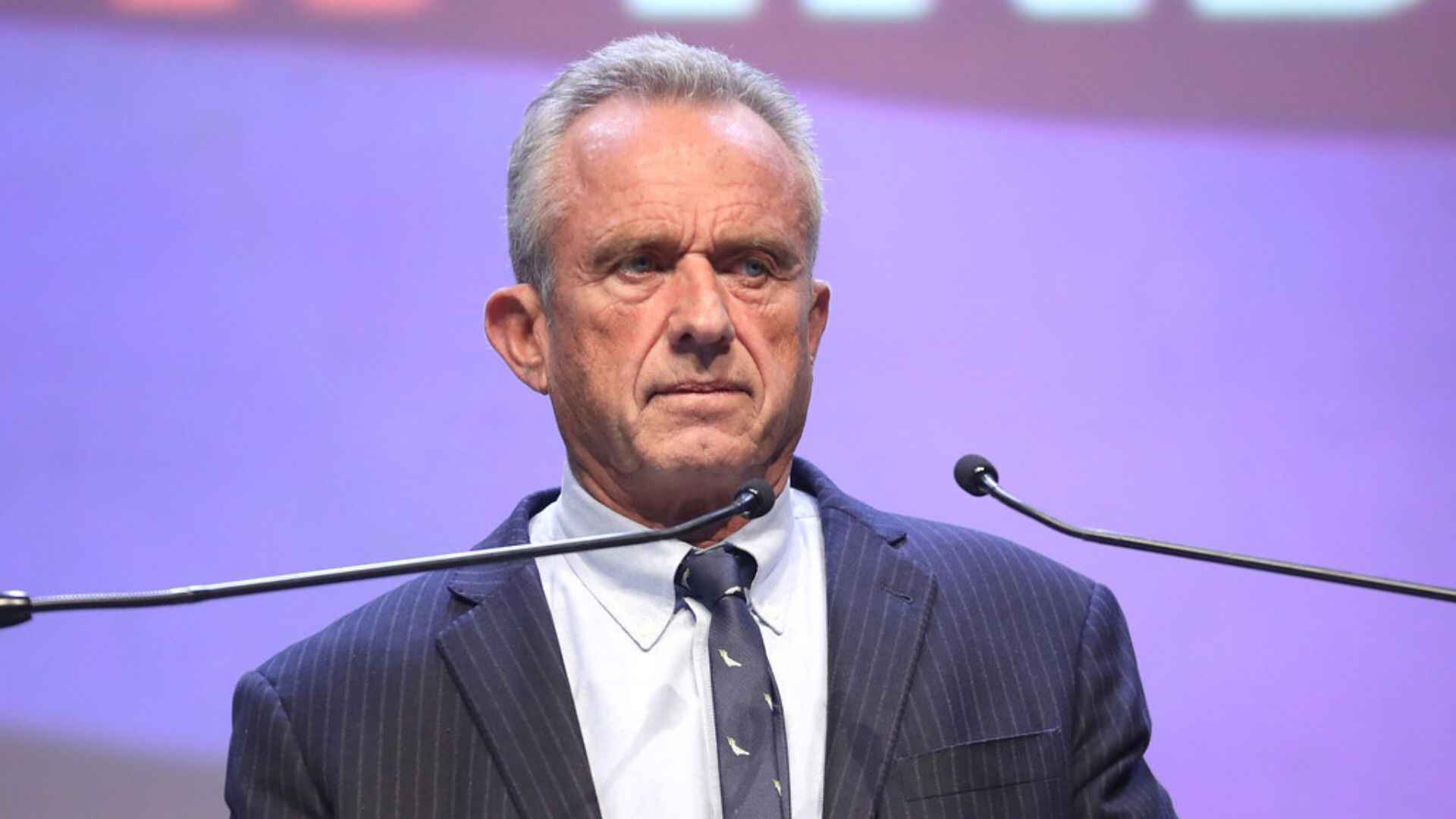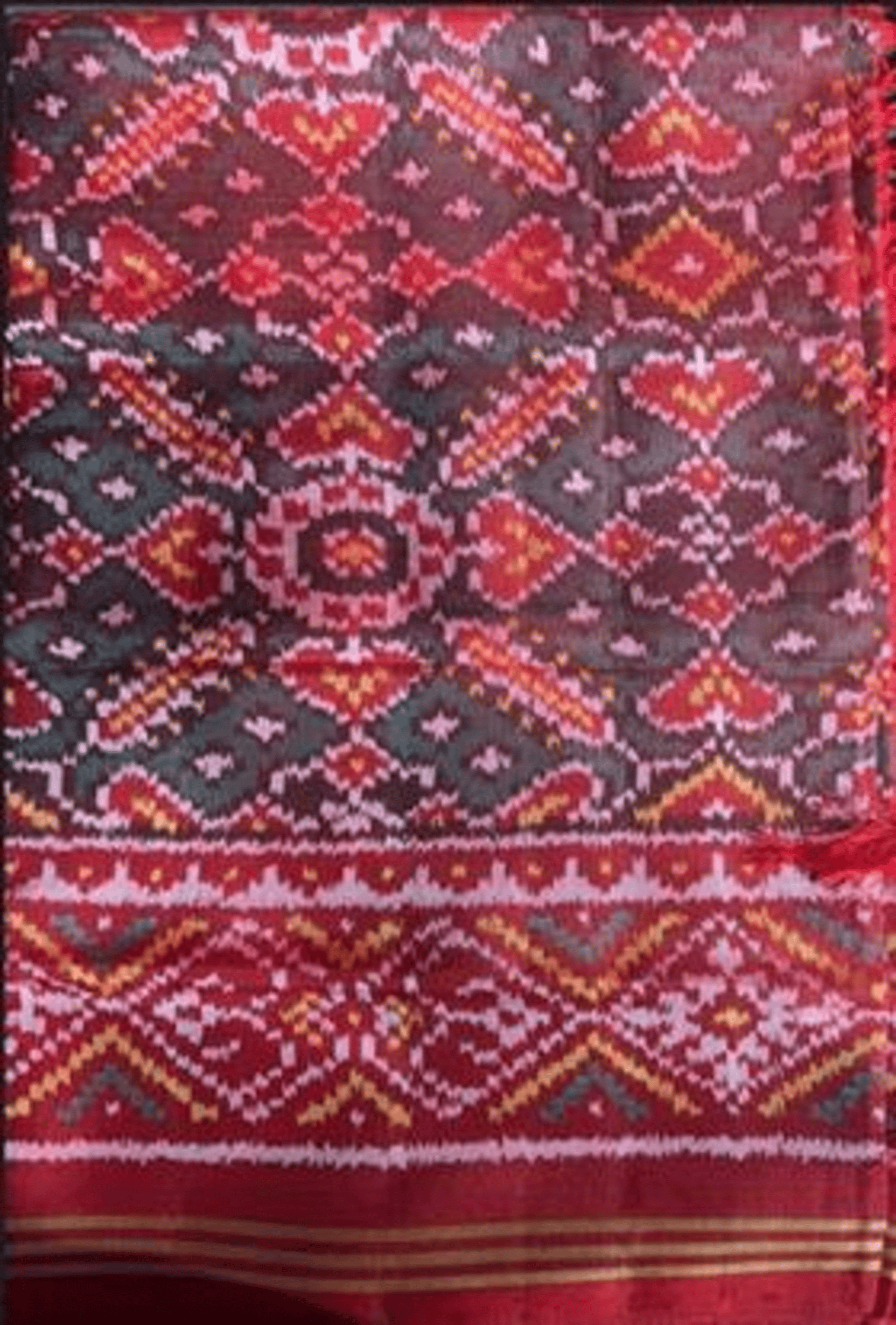
During his visit to Laos for the East Asia Summit, Prime Minister Narendra Modi presented a handcrafted Patan Patola scarf to Naly Sisoulith, the wife of the President of Lao PDR, Thongloun Sisoulith. The scarf, a symbol of India’s rich textile heritage, was carefully packed in a Sadeli box—another exquisite artifact from Gujarat.
The Patan Patola scarf, woven by the Salvi family in northern Gujarat, represents the ancient art of double ikat weaving. Known for its vibrant colors and geometric precision, this rare textile requires extraordinary skill and patience. The presentation of this gift to Laos’ First Lady highlights India’s commitment to sharing its traditional craftsmanship and fostering cultural diplomacy with Southeast Asian nations.
PM Narendra Modi gifted the (Double Ikat) Patan Patola scarf placed in Sadeli Box to Naly Sisoulith, the wife of President of Lao PDR, Thongloun Sisoulith. The textile is woven by the Salvi family in Patan area of Northern Gujarat.
The Patan Patola is packed in a ‘Sadeli’ box,… pic.twitter.com/XHg8p7hHF2
— ANI (@ANI) October 11, 2024
The Sadeli box, which housed the scarf, is itself a masterwork of craftsmanship. The art of Sadeli inlay, believed to have originated in Surat, Gujarat, involves intricate designs made from wood and other materials. This woodcraft has a legacy spanning centuries and is regarded as one of India’s most cherished artistic traditions.
India’s Strengthening Role in ASEAN and the Indo-Pacific
PM Modi’s visit to Laos also marked significant steps in strengthening India’s ties with ASEAN nations during the 21st ASEAN-India Summit and the East Asia Summit. In his address at the summit, Modi reaffirmed India’s support for ASEAN unity and centrality, emphasizing the crucial role that ASEAN plays in India’s Indo-Pacific vision. He highlighted how the ASEAN Outlook on the Indo-Pacific aligns with India’s “Indo-Pacific Oceans’ Initiative,” both aiming for a free, open, and rules-based region essential for peace and prosperity.
India’s participation in ASEAN-led mechanisms, such as the East Asia Summit and the Regional Comprehensive Economic Partnership (RCEP), further underscores its commitment to enhancing economic cooperation and security across the Indo-Pacific.
Bilateral Engagements and ASEAN-India Partnership
On the sidelines of the summit, PM Modi also engaged in several high-level meetings, including with US Secretary of State Antony Blinken. Modi expressed his condolences for the lives lost in the recent Hurricane Milton in the US and reaffirmed India’s solidarity with its strategic partner.
During the ASEAN-India Summit, Modi celebrated a decade of India’s “Act East” policy, which has reinforced New Delhi’s political, economic, and cultural ties with Southeast Asia. The Prime Minister’s visit comes at a time when ASEAN-India trade has expanded, crossing $130 billion, making the regional bloc one of India’s top trading partners.
Modi’s interactions with the Indian diaspora in Laos were also a key part of the visit. The Indian community in Laos gave him a warm welcome, reflecting the strong people-to-people ties that complement official diplomatic relations.
The Prime Minister also attended a traditional performance of the Lao Ramayana, locally known as Phalak Phalam, which underlines the deep-rooted cultural connections between India and Laos. Sharing his experiences, Modi remarked on the enduring influence of the Ramayana across Southeast Asia, especially as India and Laos prepare for the upcoming Vijaya Dashami festival.
Looking Ahead: A Stronger Indo-ASEAN Future
As India continues to deepen its engagement with ASEAN and other East Asian partners, PM Modi’s visit to Laos and his participation in the East Asia Summit underscores New Delhi’s strategic role in shaping a peaceful, inclusive, and economically dynamic Indo-Pacific. The symbolic gesture of gifting the Patan Patola scarf represents not just the cultural links between India and Southeast Asia but also a shared commitment to fostering stronger ties in the future.
